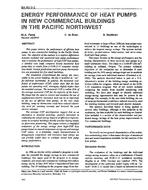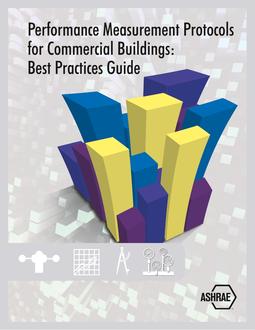Describes the testing and evaluation of a control strategy to reduce peak electric demand in small buildings. A test chamber designed to simulate the thermal response of a house was used in the experiment. The control strategy involved precooling the house before the onset of the peak and then controlling on humidity rather than temperature during the peak. A variant of the strategy substituted a low setpoint temperature and a limit on fractional on-time during the peak. Using this variant, the maximum on-peak demand was reduced by 35% while maintaining acceptable thermal comfort. Reports that overall energy consumption was increased by 12%. Suggests means for eliminating this excess consumption for further evaluation.
KEYWORDS: Controls, peak load, testing, buildings, experiment, precooling, housing, humidity, temperature, thermal comfort, energy consumption air conditioning, cooling load.
Citation: ASHRAE Transactions 1993, Vol.99, pt.1
Product Details
- Published:
- 1993
- Number of Pages:
- 11
- File Size:
- 1 file , 1.5 MB
- Product Code(s):
- D-18125


